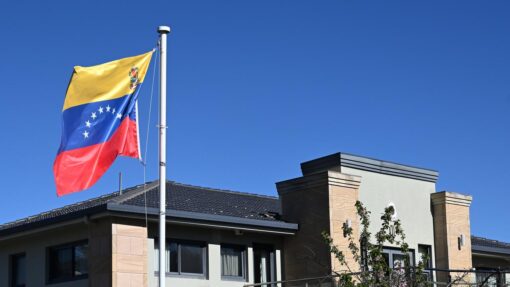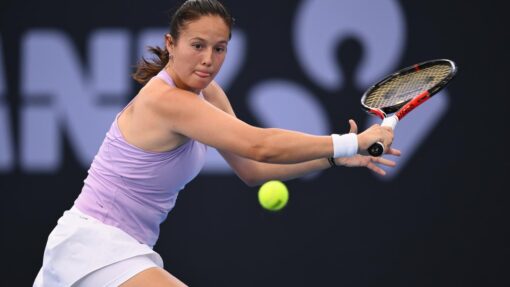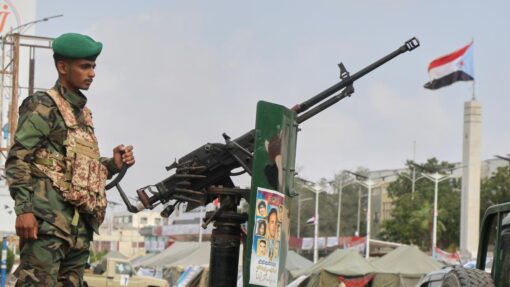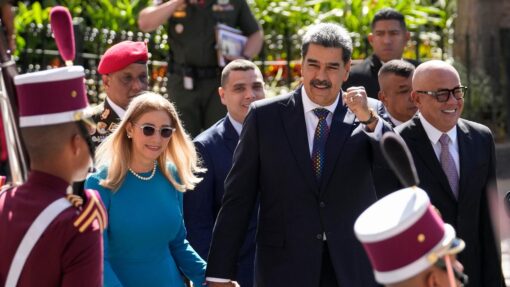‘Not just for the boys’. More women joining Queensland Indigenous ranger programs
Richard Dinnen - Queensland Editor |
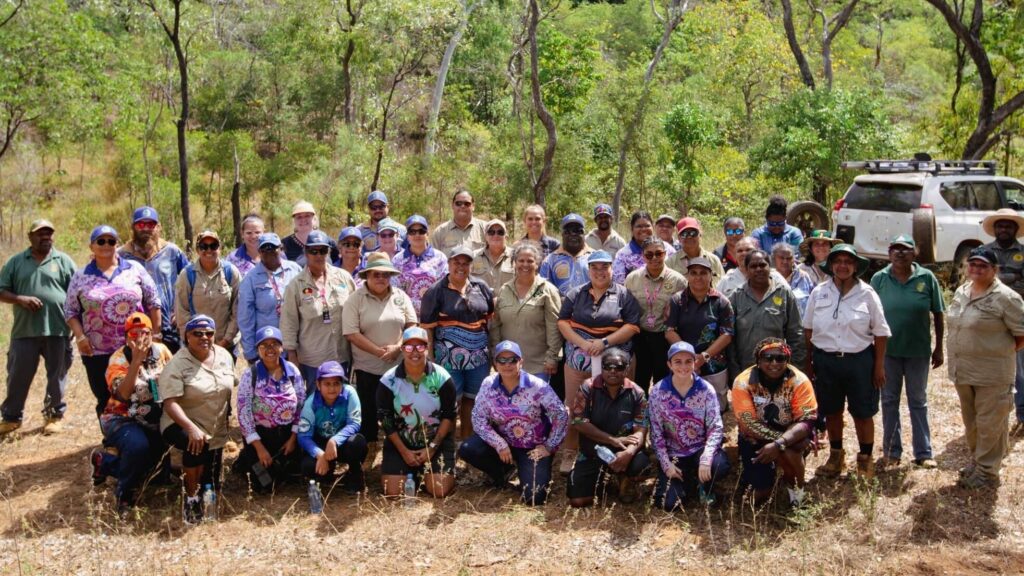
Pic: Indigenous women rangers at Laura, far north Queensland, during the recent QIWRN forum
When Larissa Hale first got involved in the Indigenous ranger movement, she was almost always the only woman in the room. Things are different now, and Larissa has been leading change in this male dominated sector.
“It’s a historical thing. There’s just always been a feeling that outside work was for the boys and admin work was for the girls.
“But my grandad asked me to do this, so I’m here.”
Indigenous ranger programs began in 2007, creating work and educational opportunities by combining traditional knowledge and culture with conservation training to protect and manage land and sea country.
Thousands of jobs have been created in parts of Australia where employment opportunities are scarce. Projects include bushfire mitigation, biosecurity, and protection of threatened species.
Larissa is managing director of Yuku Baja Muliku, which runs a ranger program and an Indigenous art shop in Cooktown, far north Queensland.
She’s also a Cook Shire councillor, a fire-fighter, and an artist. And Larissa is involved in turtle rescue and rehabilitation and works with Traditional Owners to look after the Great Barrier Reef.
For the past four years, Larissa has helped establish the Queensland Indigenous Womens Ranger Network, which offers support, mentoring and training.
Sixty women rangers from around Queensland attended the Network’s recent three-day forum in Cooktown. Larissa said she’s happy to see more women joining ranger programs.
“Forty of them are new rangers, they’ve only started in the past three months. I felt really happy. We’re starting to get a bit of new blood. More women are seeing that ranger work is not just for the boys.”
The forum included training in drone operations, coding, and digital photography. The group also travelled to nearby Laura, to watch local Indigenous rangers doing 3-D mapping of the area’s world-famous Indigenous rock art.
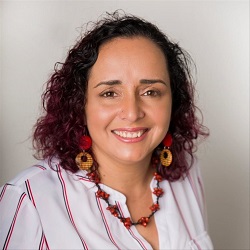
Larissa said there were plenty of experiences and stories shared during the forum.
“We heard from one lady, sharing her story of how she started as a very young casual trainee. A few years on, she’s been able to buy her first new car.
“I’m such a big advocate for the land and sea ranger program because it’s one of the best programs I’ve ever seen.
“It’s a community-led initiative where the Traditional Owners are involved, managing country the right way.
“I remember my uncle saying ‘it feels really good to be home, it feels good in the heart to be able to work on country again, to do what we’re supposed to do’.
“It does. It feels right. We speak of ‘our land, our people, our future’. If we look after our land, that, in turn, looks after our people, which means we have a future.”
